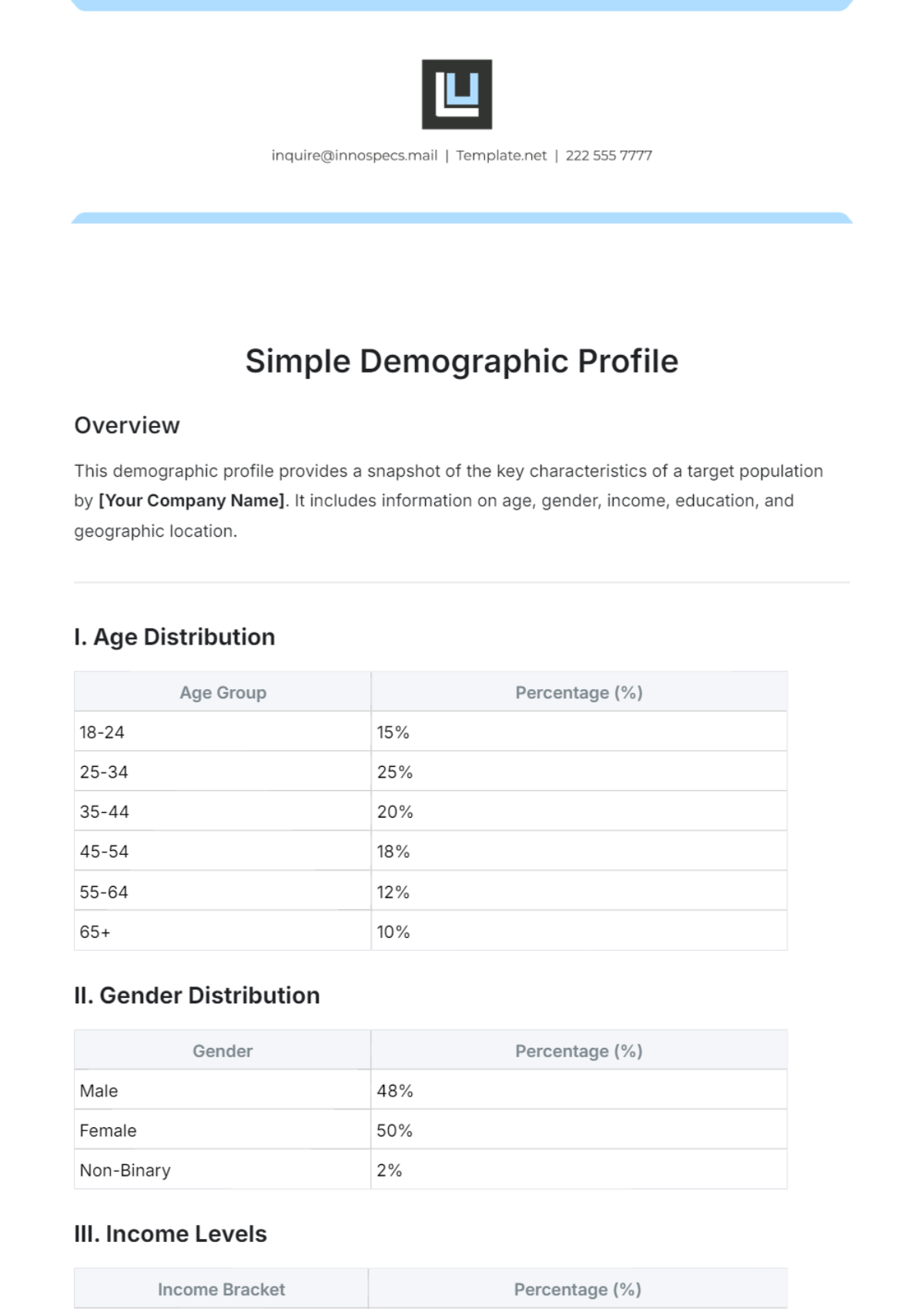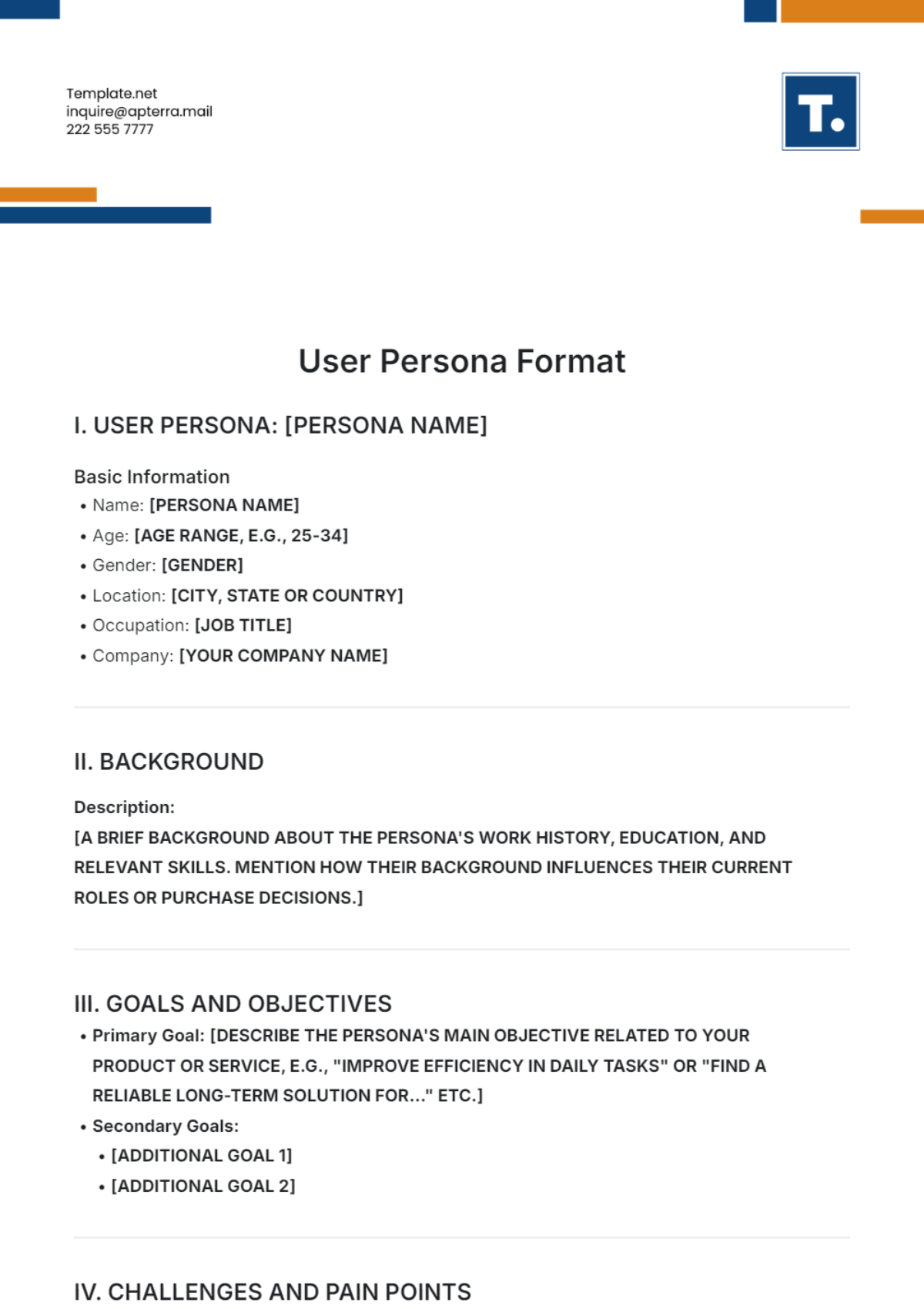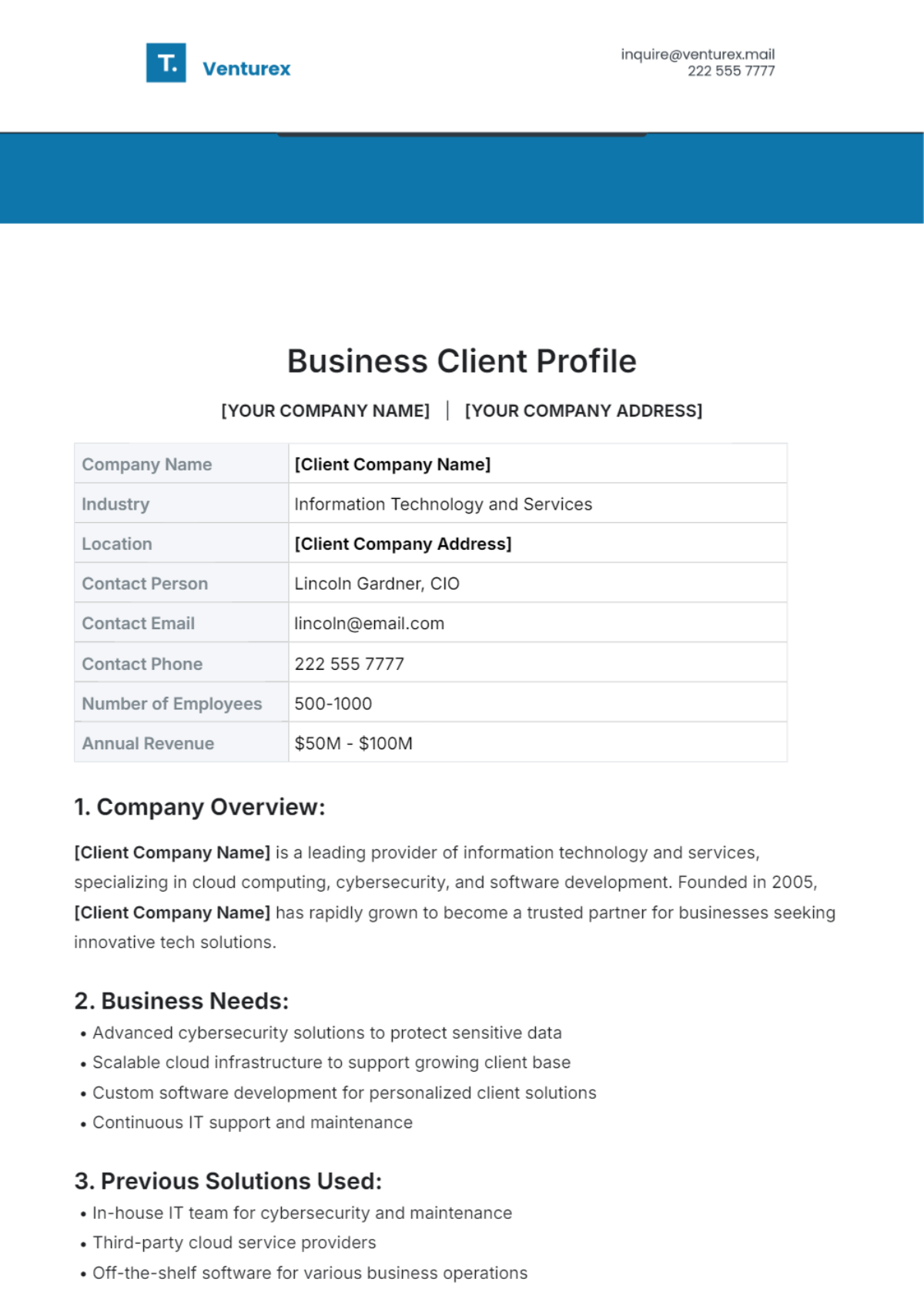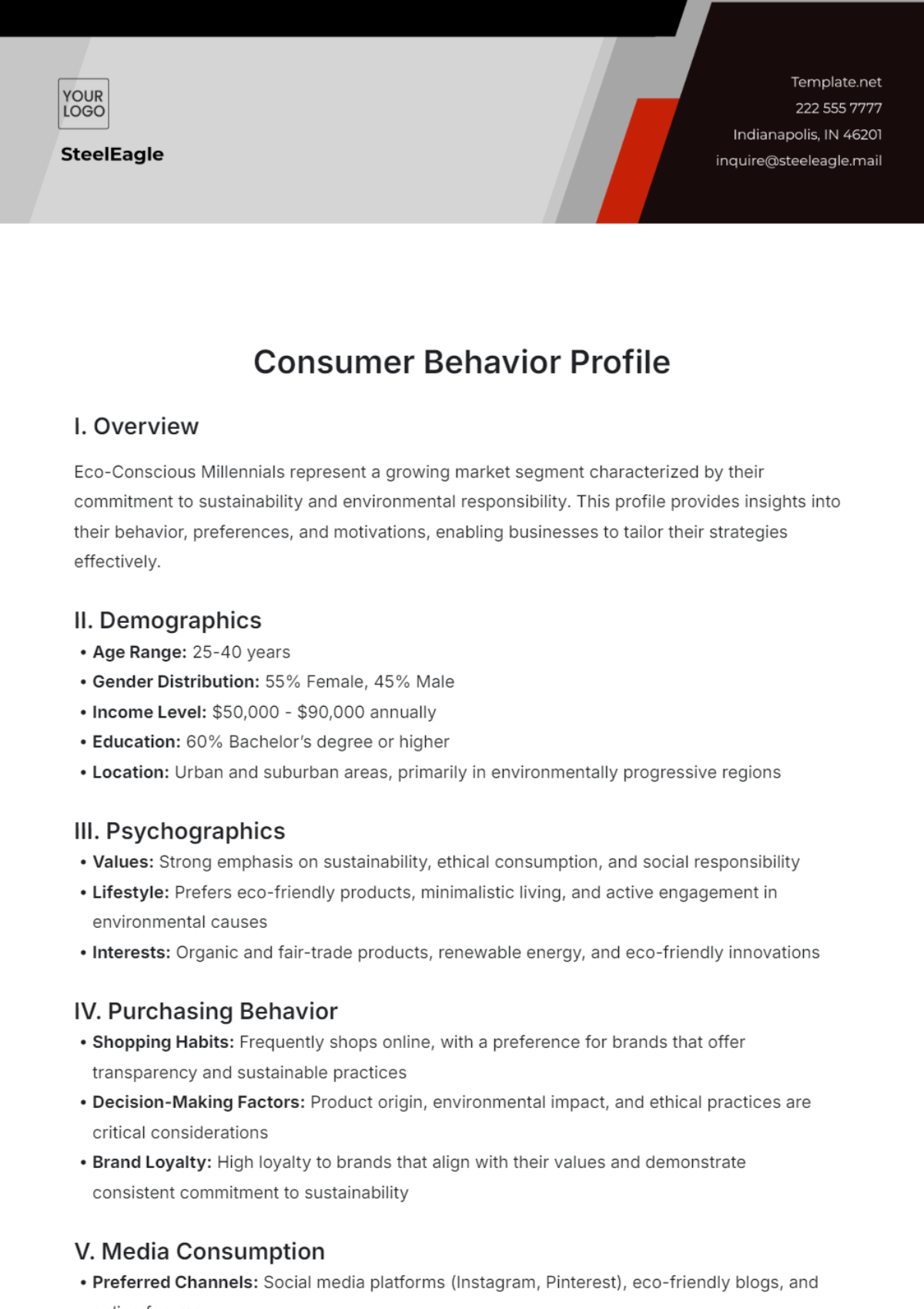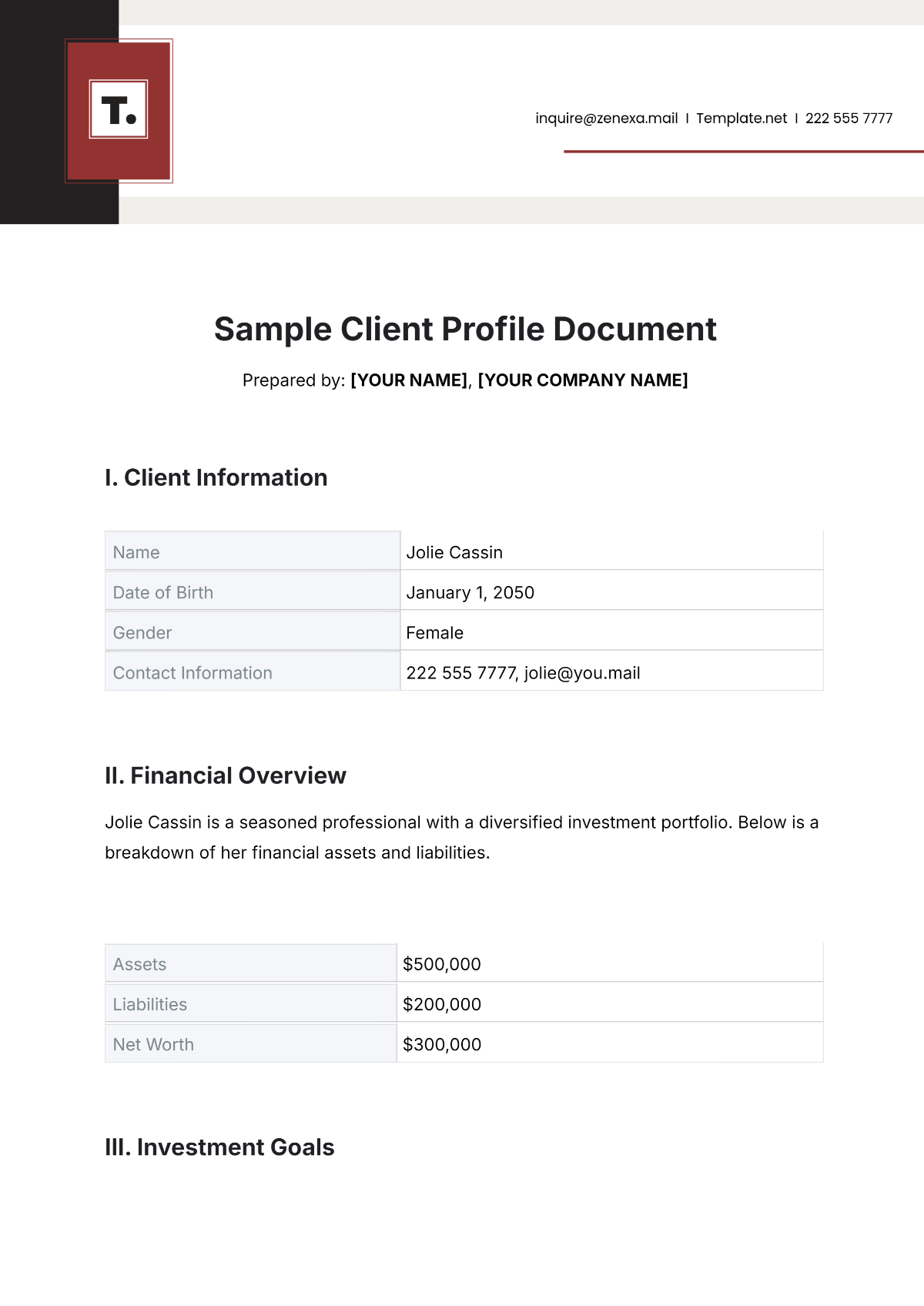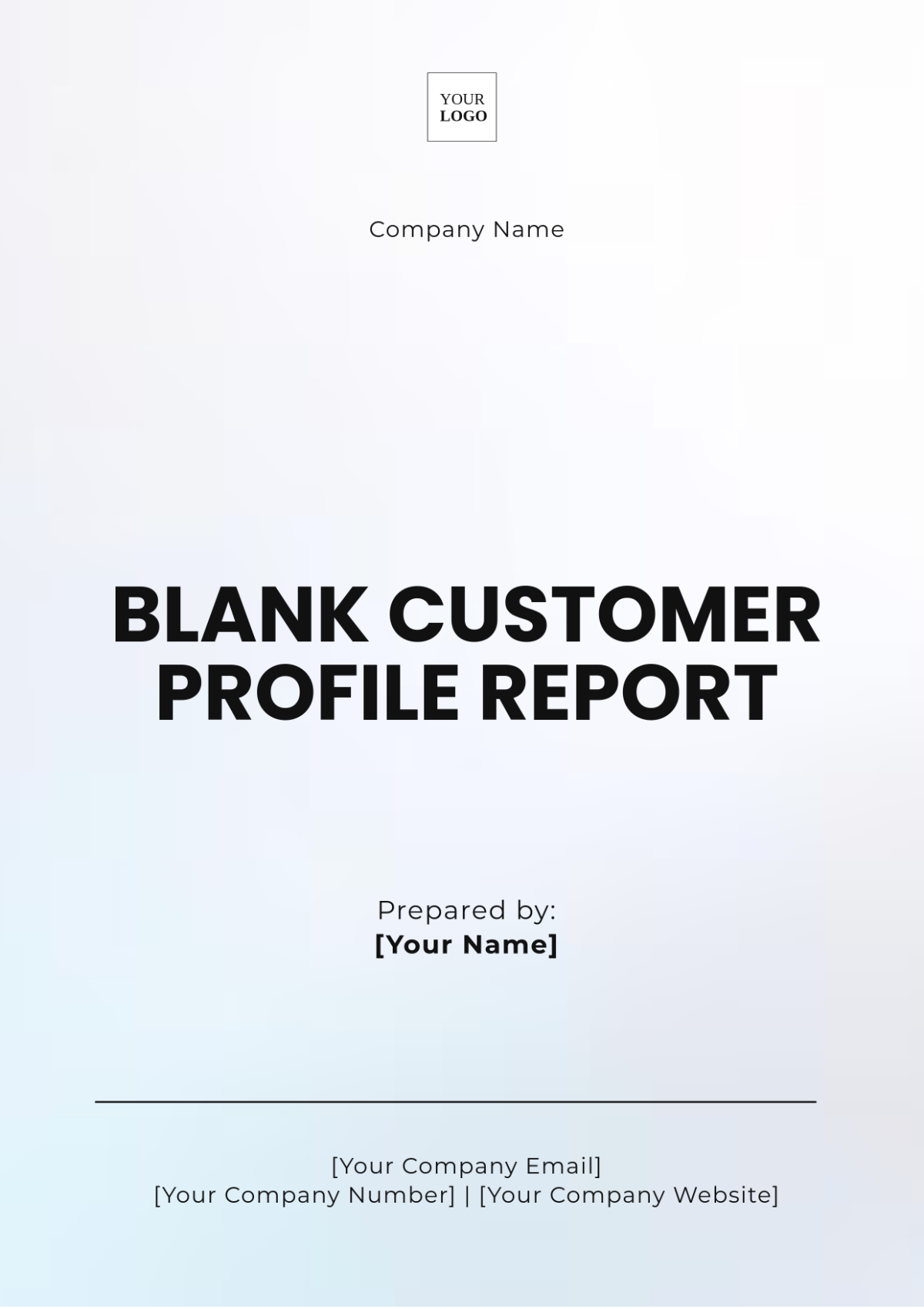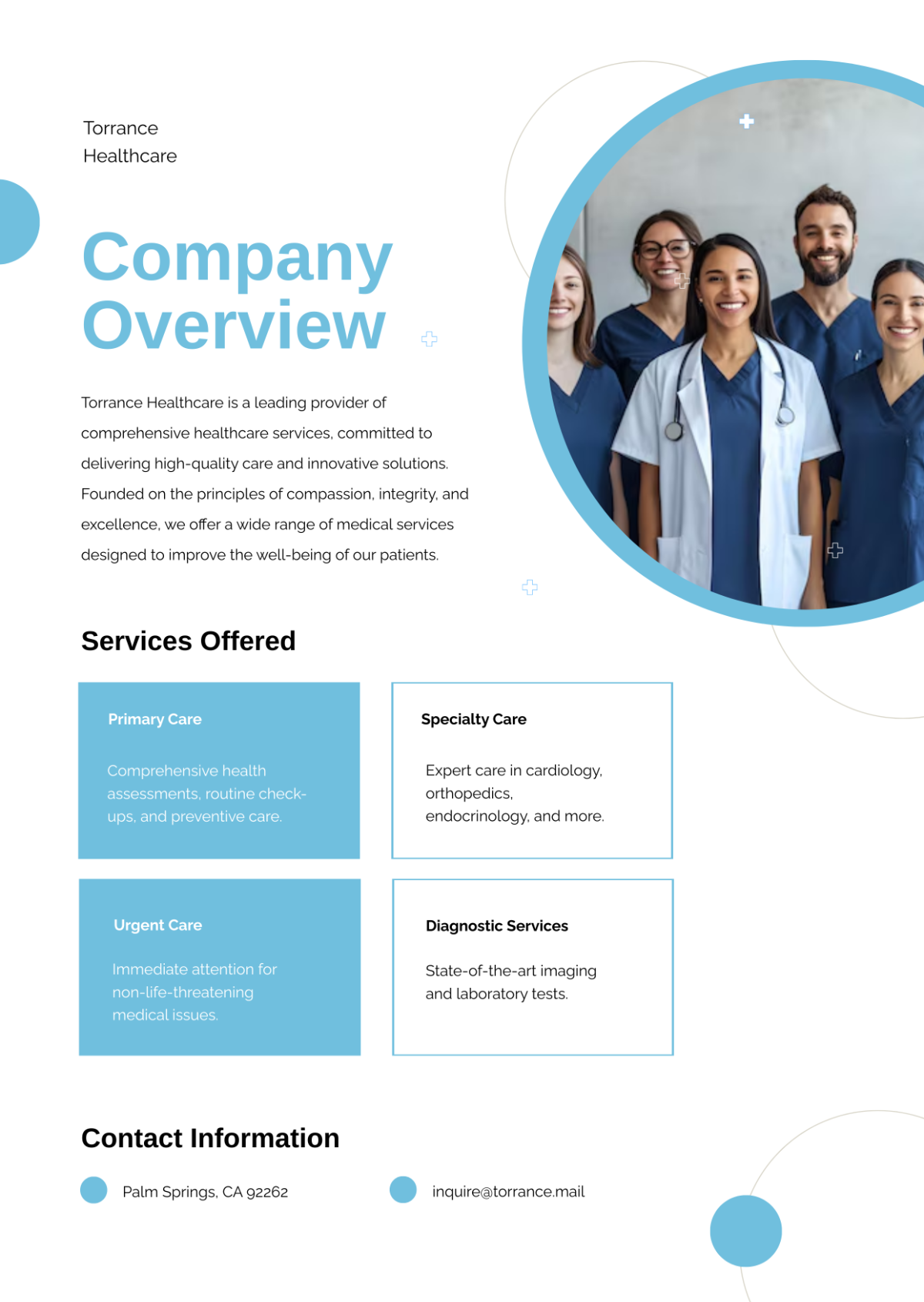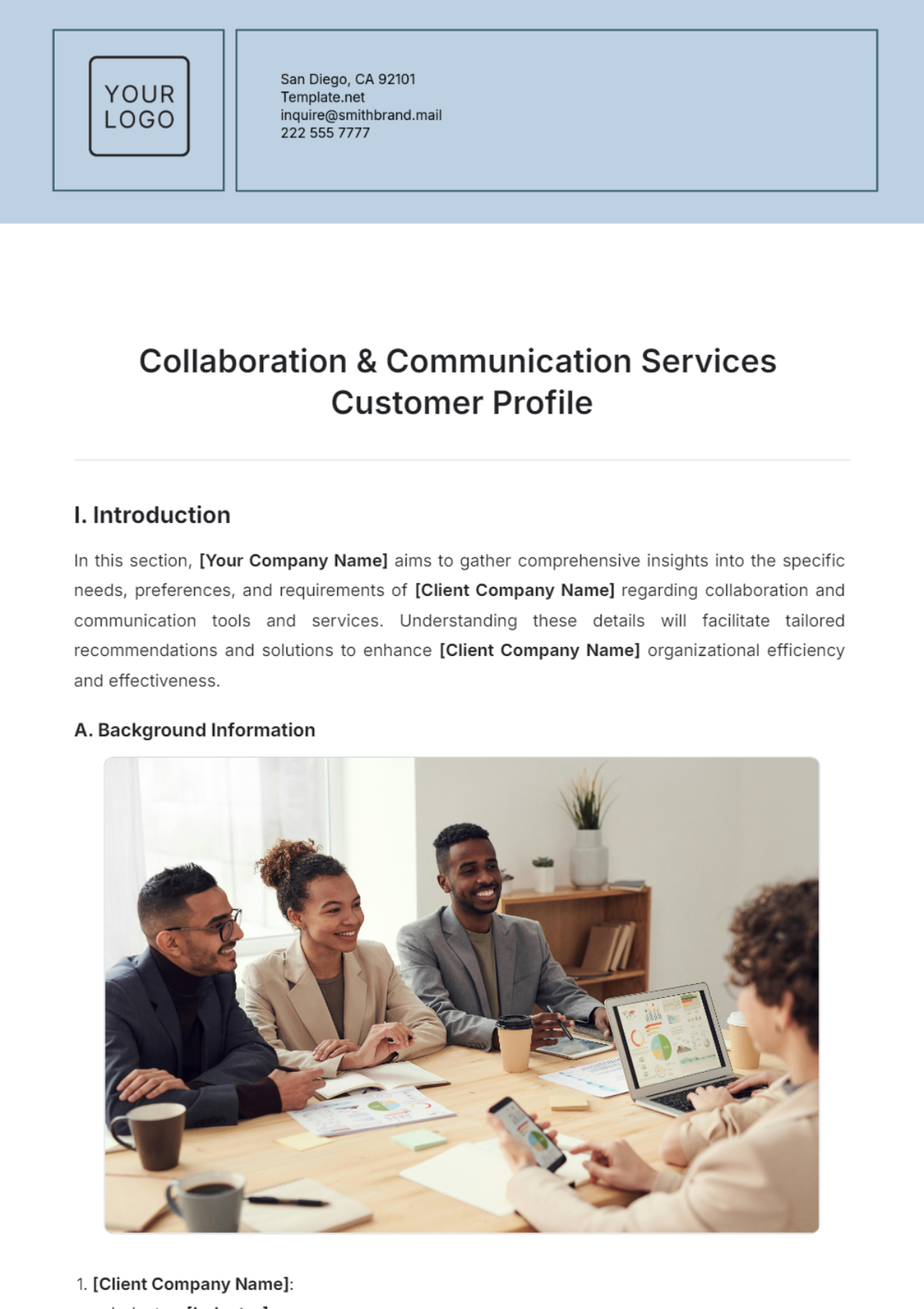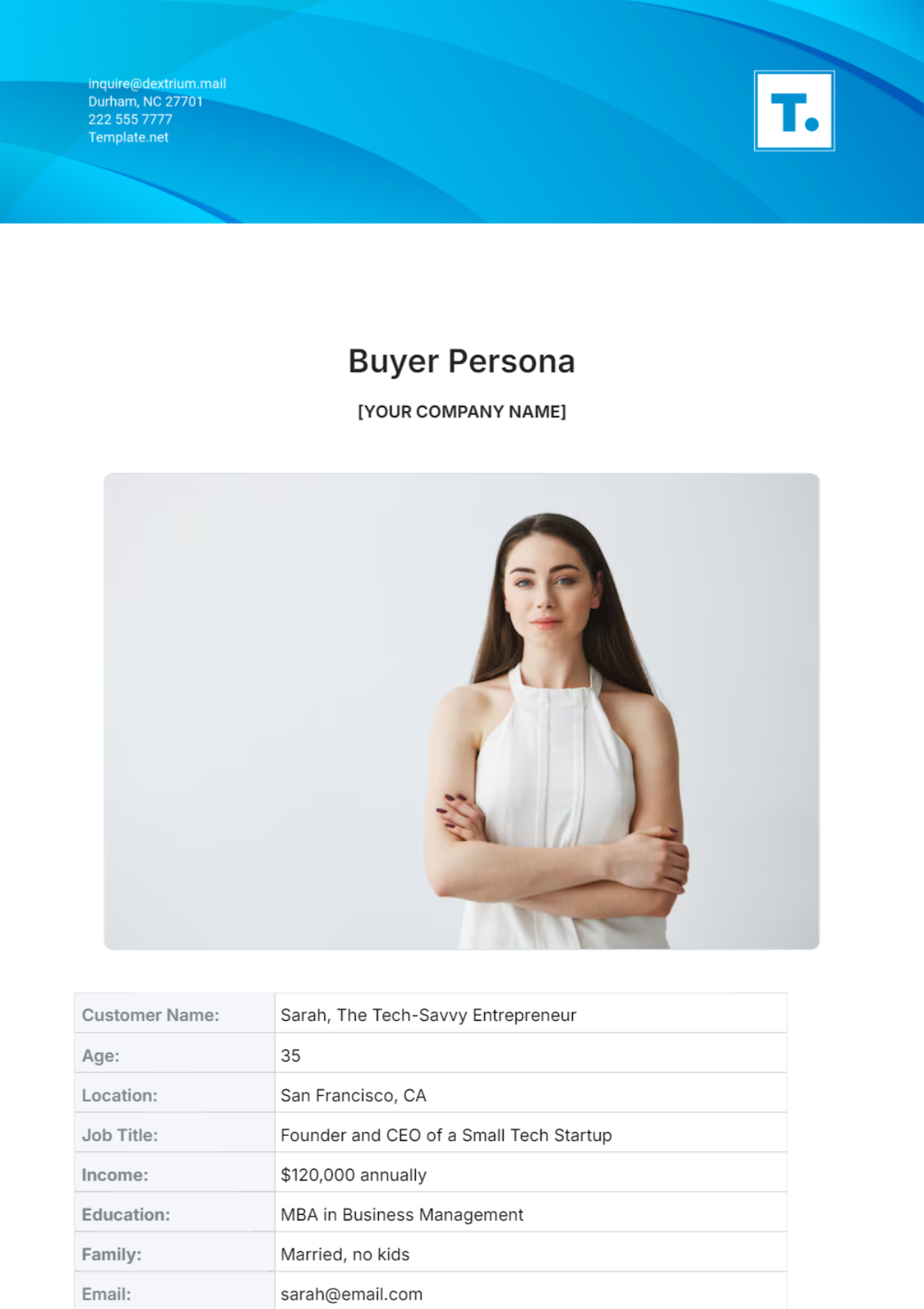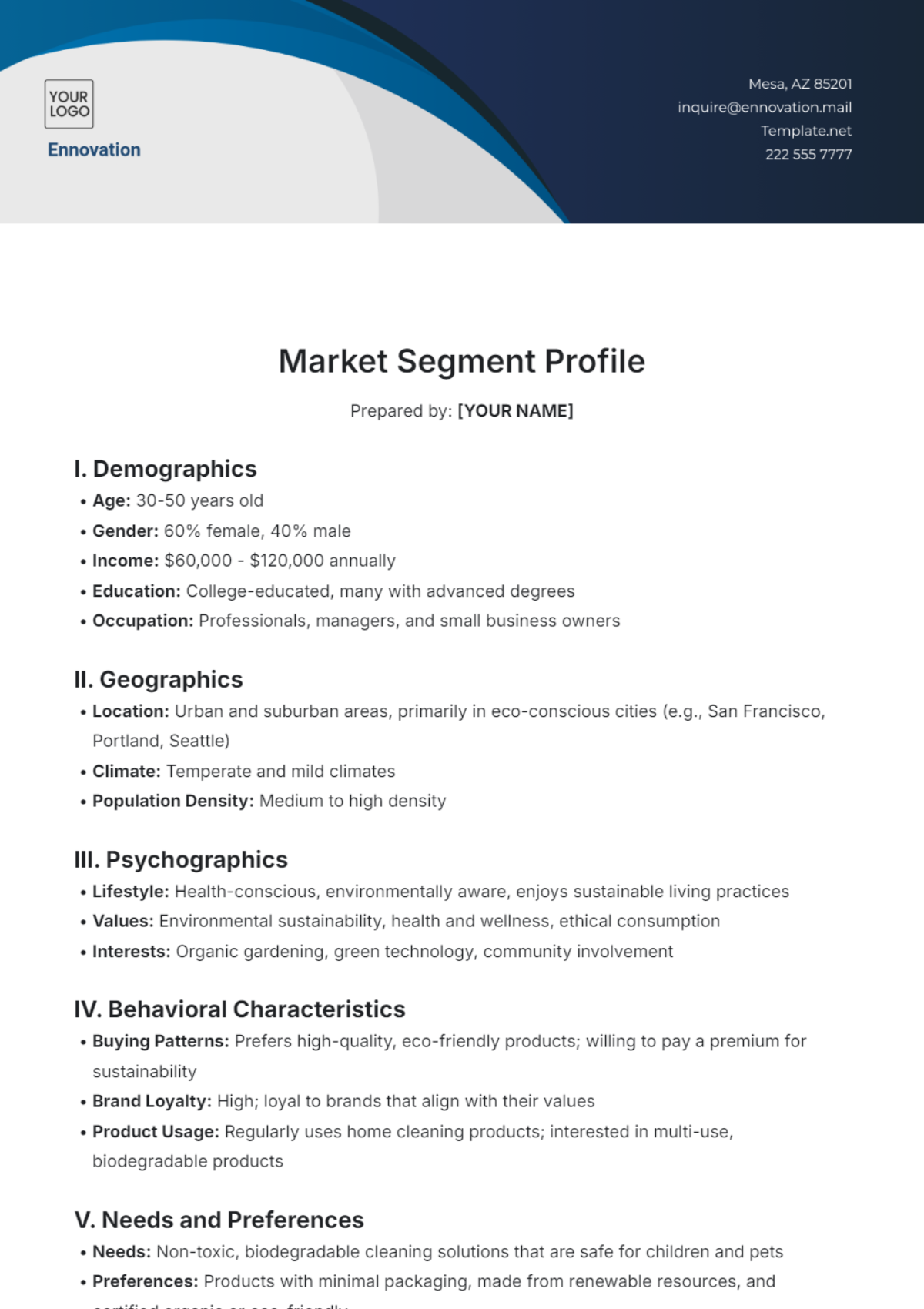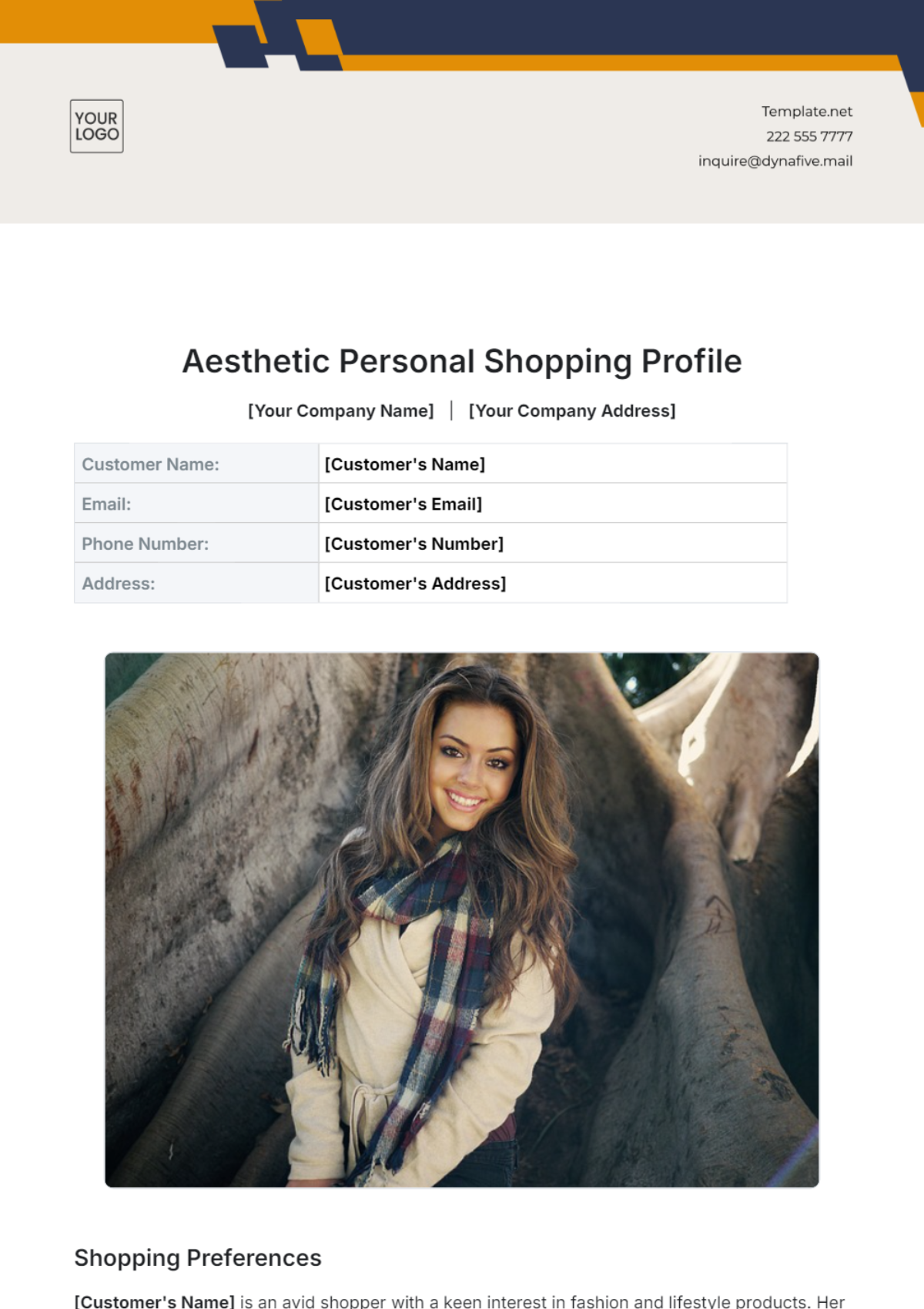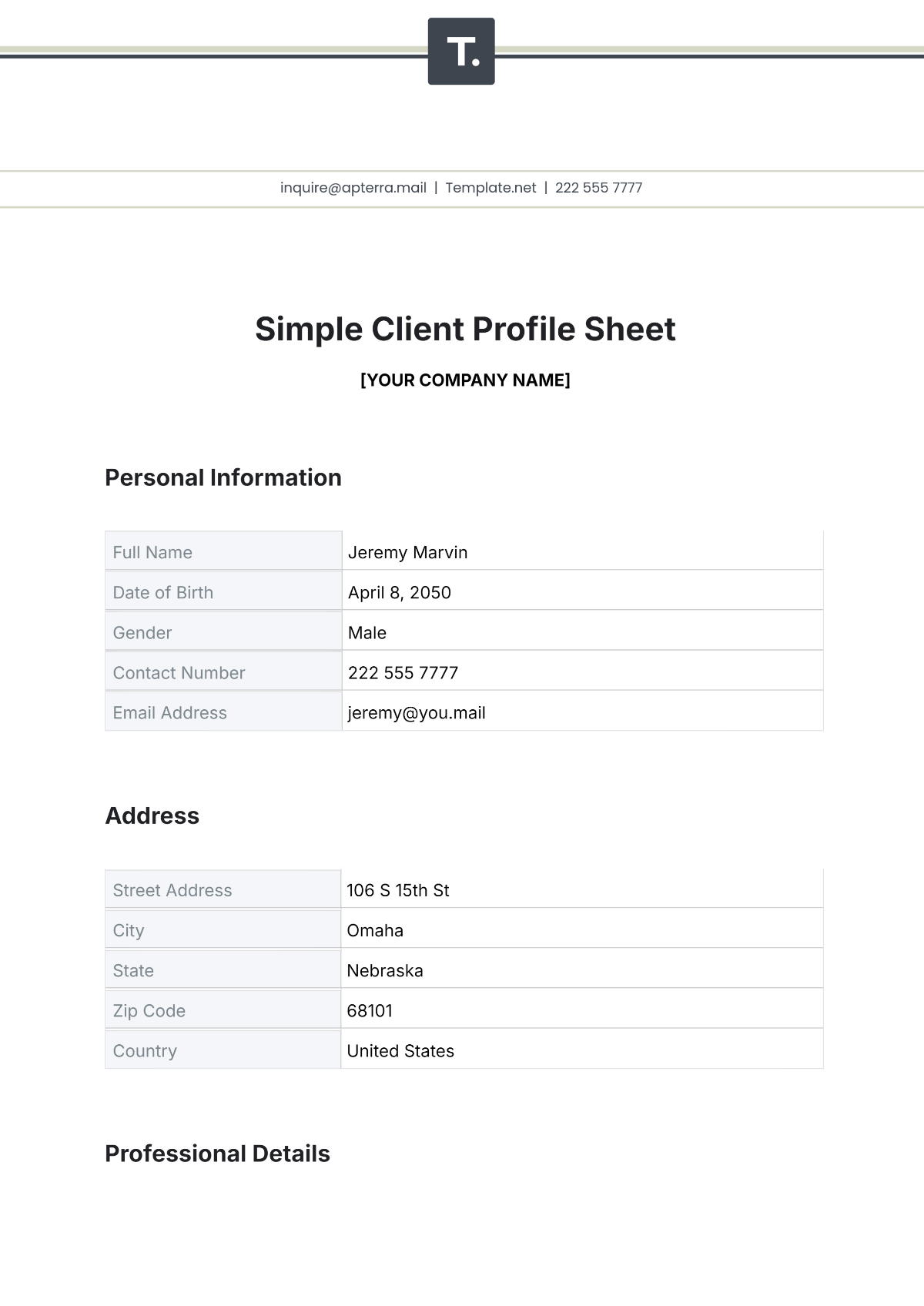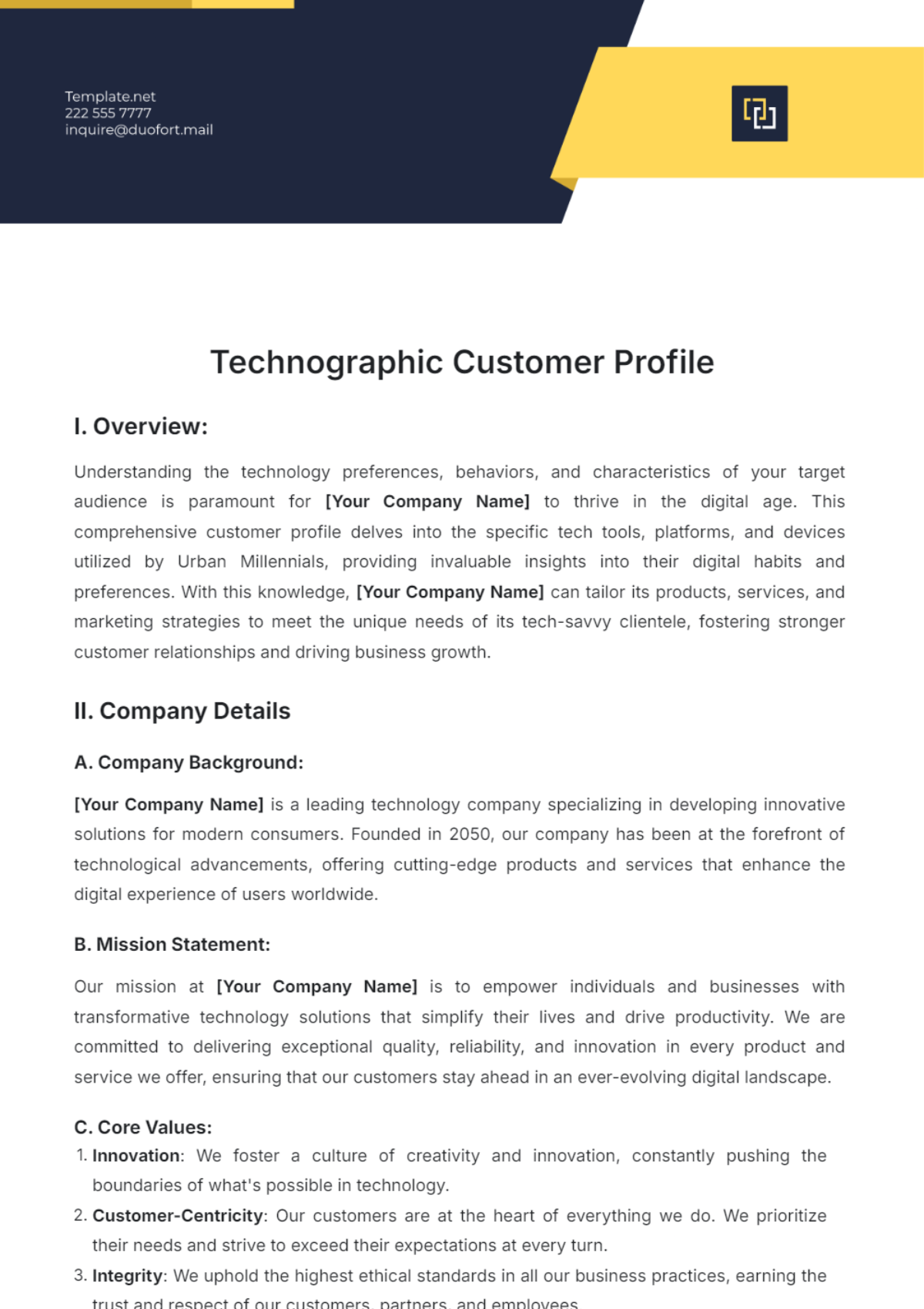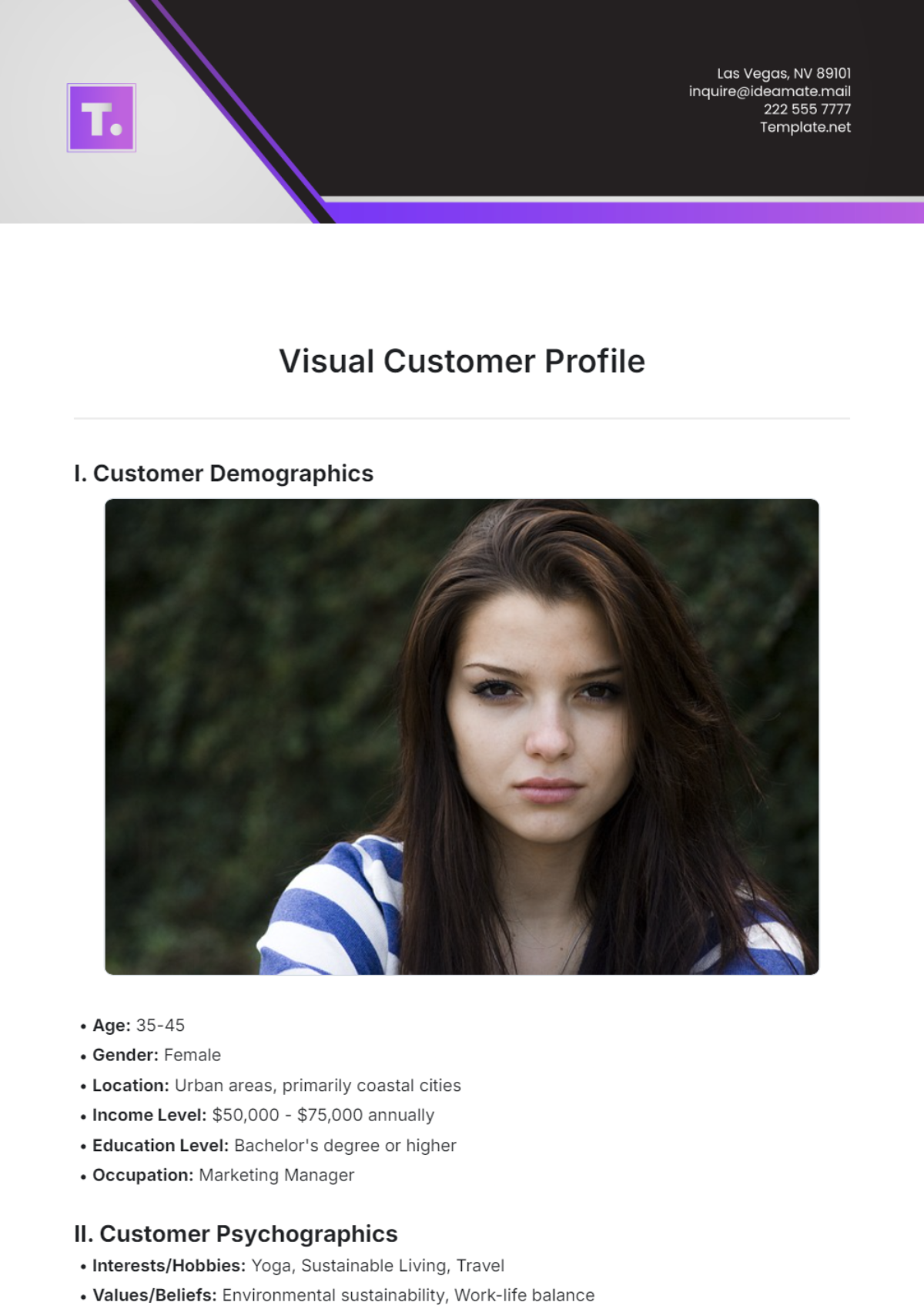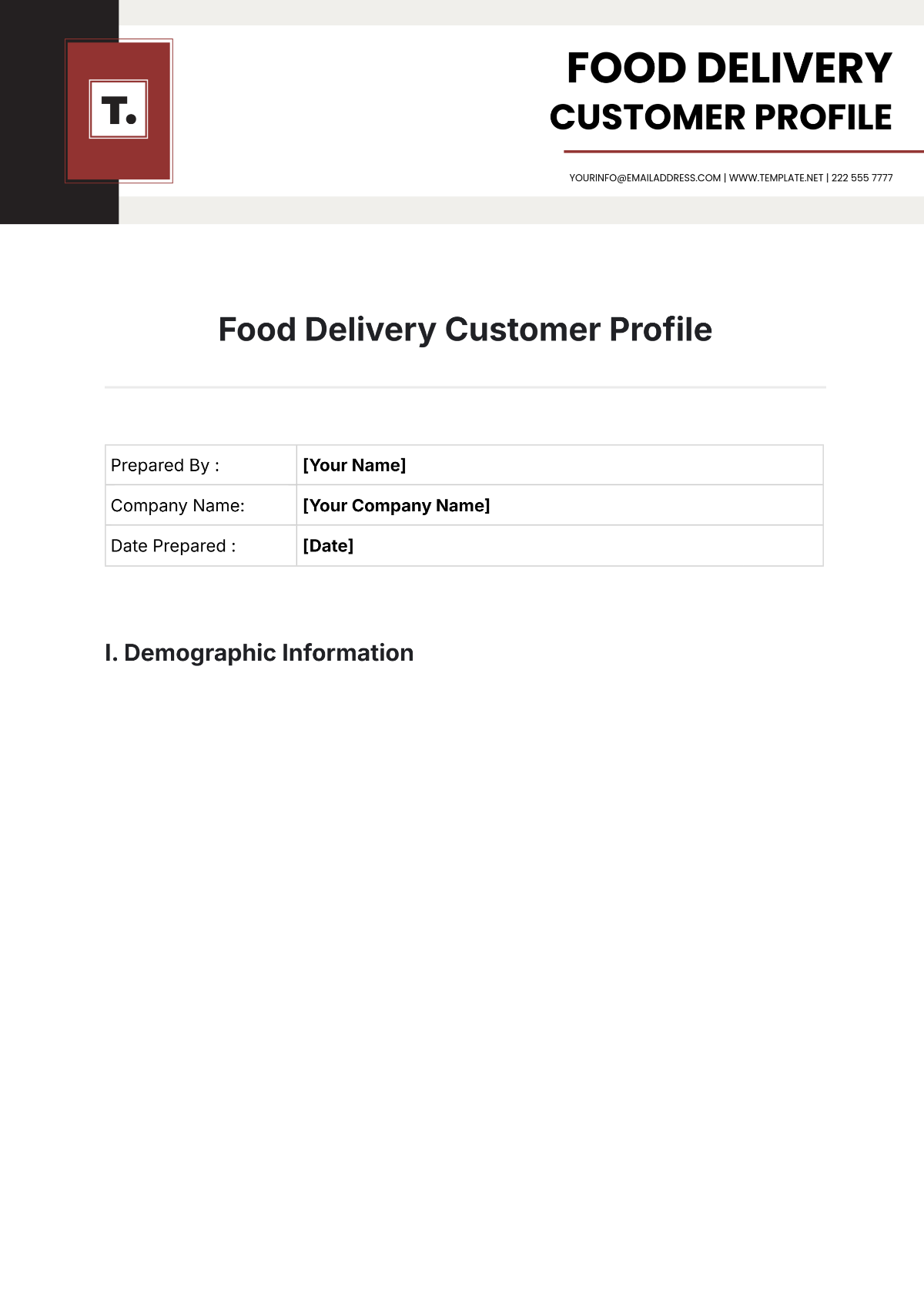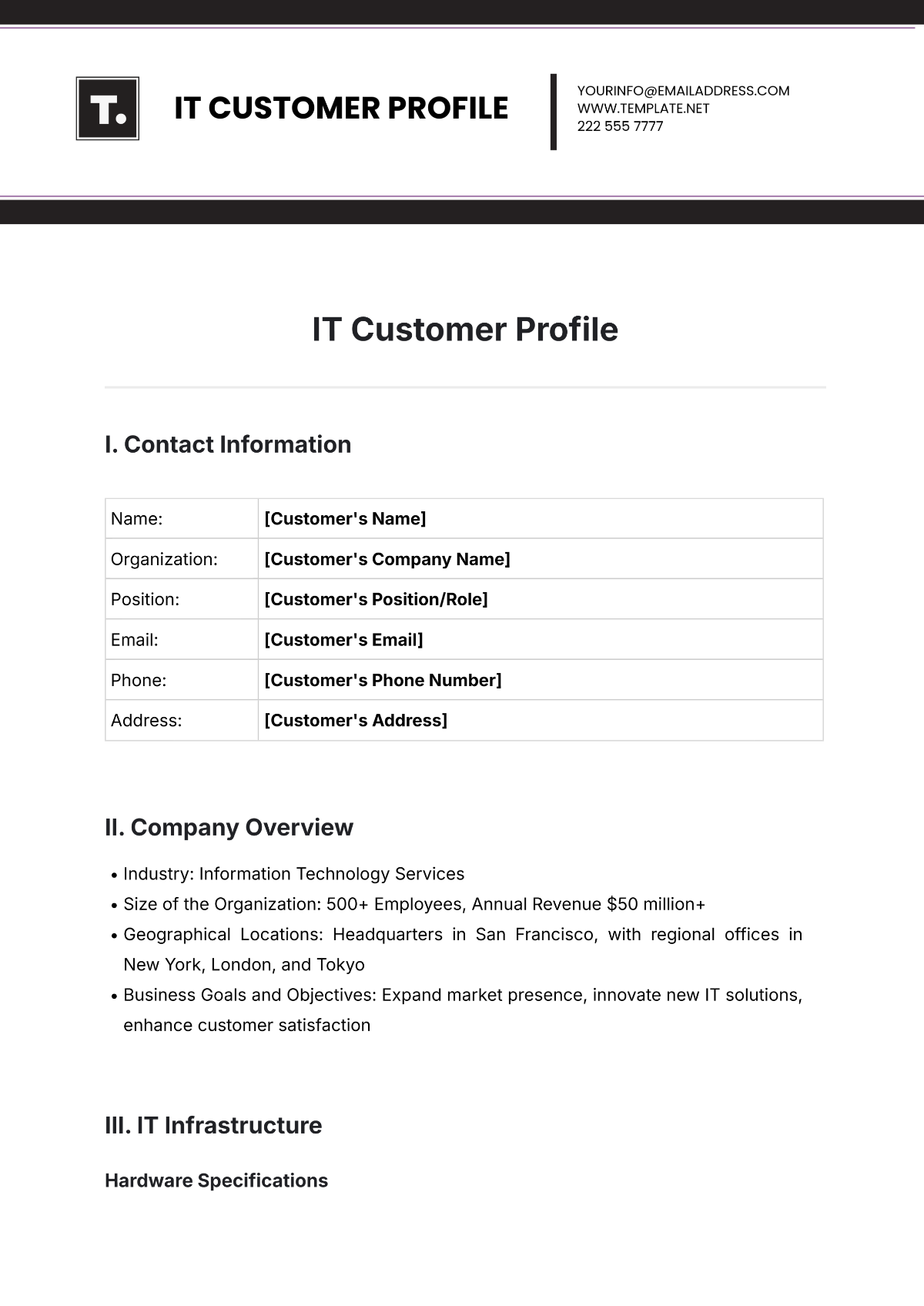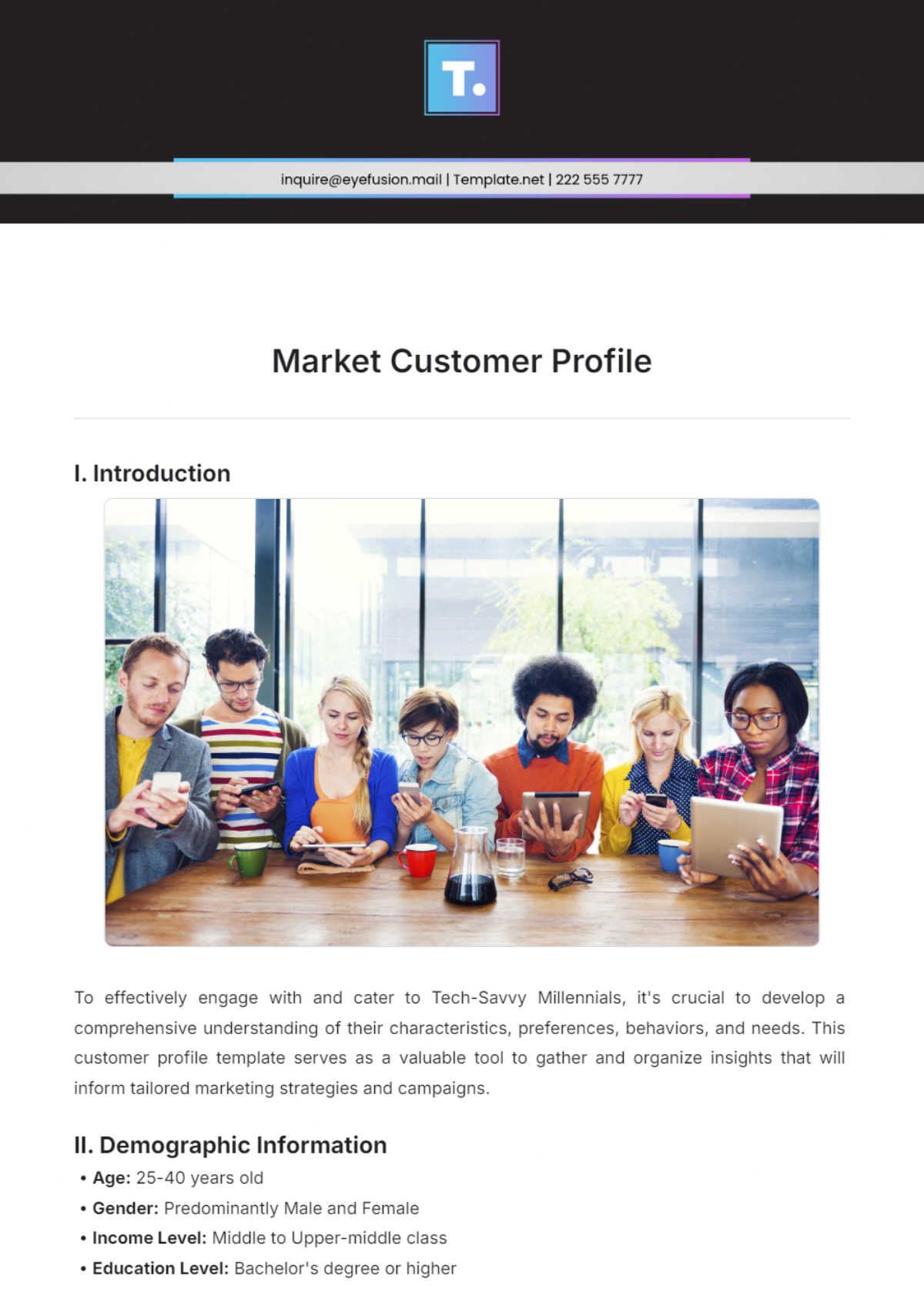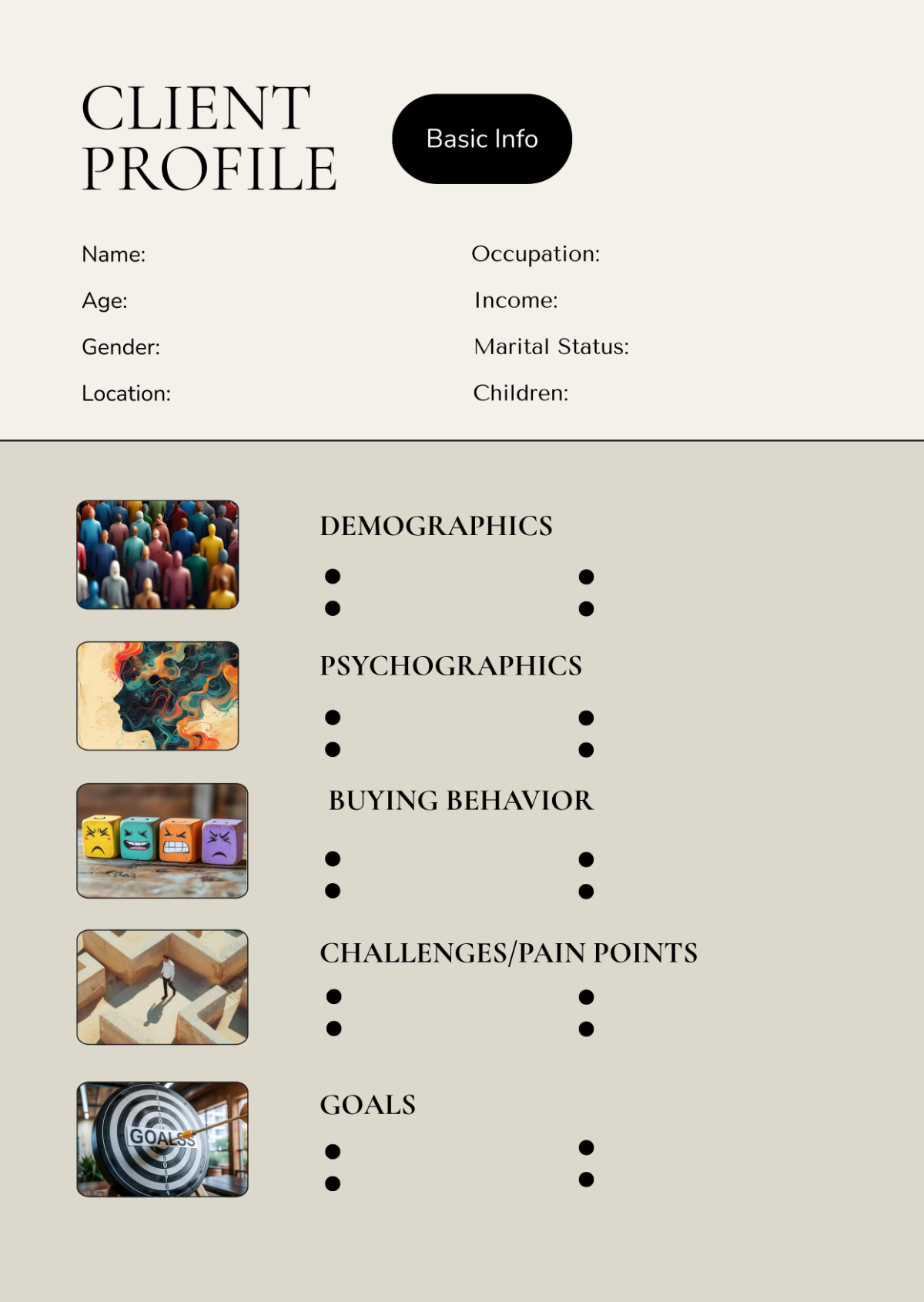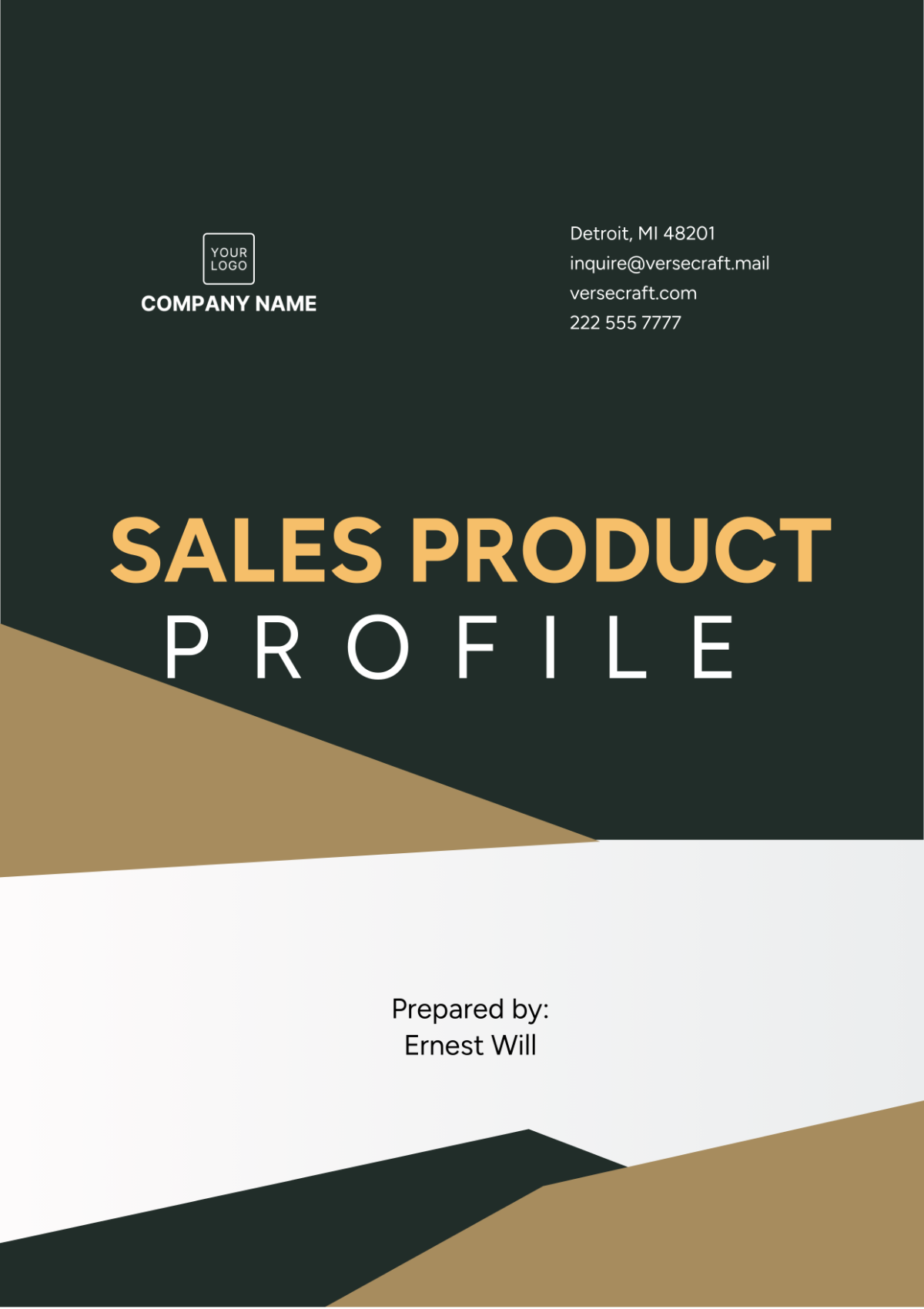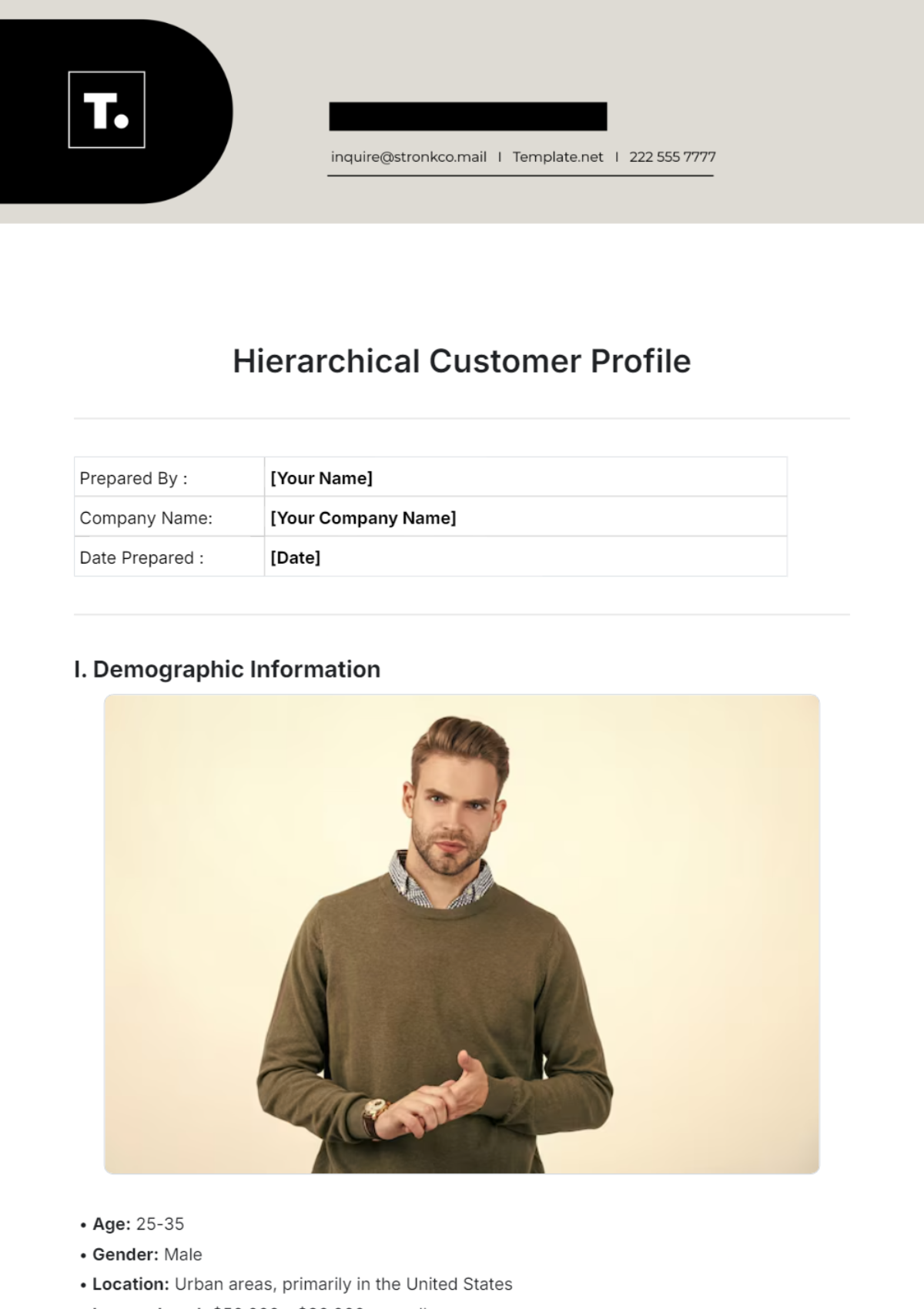MSP Customer Profile
I. Client Overview
In this section, provide a brief overview of the client, including their industry, size, and any relevant background information.

Client Name: [CLIENT'S NAME]
Industry: Technology Services
Company Size: 750+ employees
Geographical Locations: Headquarters in Metropolis, with regional offices in City A and City B.
IT Infrastructure: Hybrid infrastructure with a mix of cloud-based and on-premises systems.
[ORGANIZATION'S NAME] is a dynamic technology services firm specializing in innovative solutions for their clients. With a diverse workforce spread across multiple locations, they require robust IT solutions to support their operations efficiently.
II. Managed Services Requirements
Detail the specific managed services required by the client, covering areas such as infrastructure management, security, cloud services, and support.
A. Infrastructure Management
Server Management: Acme utilizes a mix of virtualization platforms and operating systems for its server infrastructure, requiring proactive monitoring and maintenance.
Network Management: The network infrastructure consists of routers, switches, and firewalls, necessitating continuous monitoring and optimization.
Storage Solutions: Acme requires scalable storage solutions to accommodate its growing data needs, including NAS and SAN technologies.
[ORGANIZATION'S NAME] seeks comprehensive infrastructure management to ensure optimal performance and reliability across its IT environment. This includes proactive monitoring, regular maintenance, and timely upgrades to support their expanding business operations.
B. Security Services
Endpoint Security: Acme requires robust endpoint security solutions, including advanced antivirus, antimalware, and endpoint detection and response (EDR) capabilities.
Firewall Management: Firewall configurations must be regularly updated and monitored to protect against emerging threats and unauthorized access.
Data Encryption: Data encryption protocols must be implemented to safeguard sensitive financial data and ensure compliance with regulatory requirements.
Ensuring robust cybersecurity measures is a top priority for [ORGANIZATION'S NAME] to protect against cyber threats and data breaches. They require a comprehensive security strategy encompassing endpoint protection, network security, and data encryption.
III. Compliance Needs
Outline any industry-specific compliance requirements or regulations that the client must adhere to, such as GDPR, HIPAA, or PCI DSS.
Regulatory Compliance: Acme Financial Solutions must comply with specific regulations governing data privacy and security in the technology services industry.
Auditing Requirements: Regular audits and assessments are necessary to ensure compliance with regulatory standards and industry best practices.
[ORGANIZATION'S NAME] operates in a highly regulated industry and must adhere to stringent data protection standards and compliance frameworks. They require comprehensive auditing procedures and documentation to demonstrate compliance with regulatory authorities.
IV. Budget Constraints
Discuss the client's budget limitations and any considerations for cost-effective managed service solutions.
Budget Allocation: Acme has allocated a budget for managed services, with a focus on optimizing IT spending and maximizing ROI.
Cost-saving Initiatives: Acme is open to exploring cost-saving initiatives such as cloud migration, virtualization, and automation to reduce overall IT expenses.
[ORGANIZATION'S NAME] aims to optimize its IT investments while minimizing costs. They seek cost-effective managed service solutions that deliver value and align with their budgetary constraints.
V. Service Level Expectations
Define the client's expectations regarding service levels, response times, and performance metrics.
Service Level Agreements (SLAs): Acme expects stringent SLAs with defined response times and resolution targets to ensure minimal downtime and rapid issue resolution.
Performance Metrics: Key performance indicators (KPIs) such as uptime, network latency, and incident resolution times will be monitored to assess service quality and performance.
[ORGANIZATION'S NAME] expects high-quality support from its managed service provider, with a focus on proactive maintenance and continuous improvement. They prioritize reliability, responsiveness, and accountability in their IT services.
Prepared By: | [YOUR NAME] |
Company Name: | [YOUR COMPANY NAME] |
Email: | [YOUR COMPANY EMAIL] |
Date Prepared: | [DATE] |






